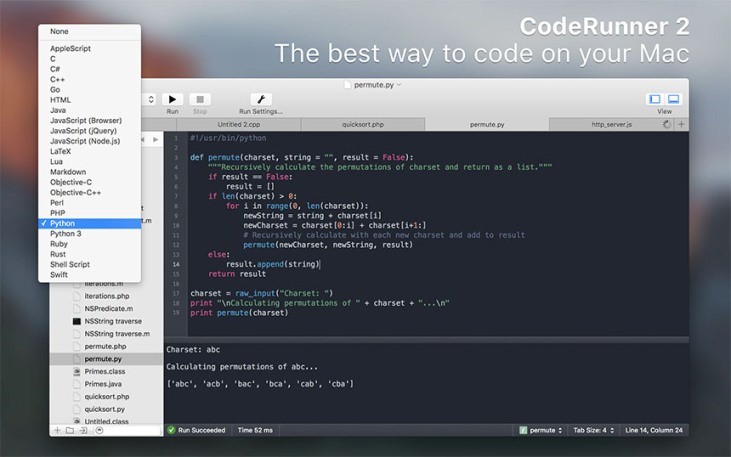What makes UXPin stand out?

Specifies that the application's built-in ribbon UI is reduced to a minimal set of features, providing a clean slate on which to build custom UI. If this attribute is omitted, its value SHOULD default to 'false'. For example, consider the following XML fragment. An overhauled fork of the original Custom UI Editor for Microsoft Office, built with WPF - fernandreu/office-ribbonx-editor Released automatically from Azure Pipelines What's New This release just applies a quick fix to the installers so that they can successfully uninstall previous versions (see #107).
Other design tools only allow you to fake interactions by linking whatever you draw. What they lack are our interactive states, logic and code components.
Interactive Stateful Elements
Spare yourself chaos and redundancy. Fill your design with interactive elements without the need to duplicate artboards.
SoonCode Components
Design from one source of truth. Prototype with functional and interactive elements generated from production code.
Conditional Interactions, Variables, Expressions
Get much closer to real, coded apps — add a layer of logic to your prototypes, store and manipulate users' input.
Using Interface Builder
You create your app’s user interface in Interface Builder. Select a user interface file in the project navigator, and the file’s contents open in Interface Builder in the editor area of the workspace window. A user interface file has the filename extension .storyboard or .xib. A xib file usually specifies one view controller or menu bar. A storyboard specifies a set of view controllers and segues between those controllers. Unlike a xib, a storyboard can contain many view controllers and the transitions between them. Default user interface files are supplied by Xcode when you create new projects from its built-in templates.
The contents of .xib and .storyboard files are stored by Xcode in XML format. At build time, Xcode compiles your .xib and .storyboard files into binary files known as nibs. At runtime, nibs are loaded and instantiated to create new views.
To add user interface elements, drag objects from the utilities area onto the Interface Builder canvas, where you arrange the elements, set their attributes, and establish connections between them and the code in your source files. As you lay out your app’s user interface elements in Interface Builder, you can write the code that implements their behavior in the assistant editor.
Custom Ui Editor Microsoft Office
For more detail on the process of building a user interface and creating and configuring interface builder files, see Xcode Help.
Parts of Interface Builder
Interface Builder has two major areas: the dock (on the left) and the canvas (on the right). The dock lists the objects contained in the user interface file. The canvas is where you lay out these objects in your app’s user interface.
The outline view in the dock shows all the objects nested inside higher-level objects.
For xib files, you can display the high-level objects in an icon view instead of the outline view by clicking the Hide and Show Document Outline control on the lower left of the Interface Builder canvas ().
In storyboard files, the top level items in the outline view correspond to top level view controllers, or scenes, on the canvas. Storyboard files do not show an icon view when the outline view is hidden. Each scene on the storyboard has a dock that shows a high-level object view as shown below. Starting from the left, the items in the icon view correspond to the scene, the first responder in the scene, and the exit segue for that scene. You can add your own views to the scene dock in addition to those you add to the body of the view controller. For more information on scenes, see Designing with Storyboards.
Office 2007 Custom Ui Editor
Adding Interface Objects

To add an object to your app’s user interface, open the utilities area for the workspace window by clicking (one of the workspace configuration buttons in the toolbar). Select the Object library from the library pane by clicking the Object button in the library bar. Click the icon representing the object, and then drag it from the library to the outline view in the dock, onto the canvas, or into the view controller’s dock. Views dragged into the dock are only opened by segues or by API calls when the app is running. The screenshot shows dragging a view controller onto the canvas.
As you add objects to Interface Builder, you resize them by their handles and reposition them by dragging. As you move items, dashed blue lines help you align and position the item within the view.
Custom Ui Editor For Mac Windows 7
Above the library bar in the utilities area are the Interface Builder inspectors. You use these inspectors to specify some of the interface objects’ appearance and behavior. In the screenshot below, the Attributes Inspector button() is used to specify the button type Custom.
For more help with adding objects and other items, see Xcode Help.
Finding and Replacing Strings
Custom Ui Editor For Mac Pro
You can find and replace strings in storyboards and xib files using the built-in find commands. This includes finding symbols and strings in user interface elements. Project wide searches include xib and storyboard files.
For more information on how to search in Interface Builder, see Find and Replace Strings.
Custom Ui Editor For Microsoft Office 2010
Copyright © 2018 Apple Inc. All rights reserved. Terms of Use | Privacy Policy | Updated: 2016-10-27